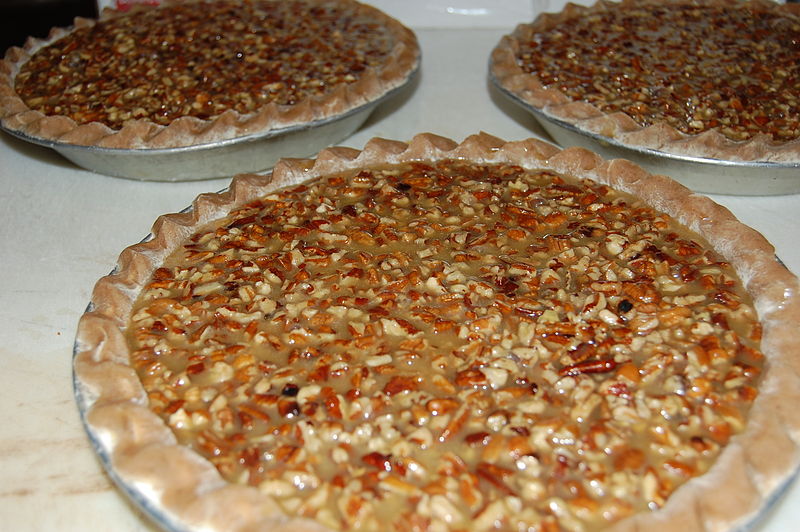Popular Nut Trees - Pecan Tree and Pecan Pie
This time of the year various fruit and nut trees begin appearing in local garden centers and nurseries, among the nut trees one of America’s favorite trees is always there. In our grandparents day, the American Chestnut tree would have far surpassed the Pecan tree in popularity, but not any more since disease wiped out the Chestnut tree practically from the American mind and memory.
Pecan trees come from the Hickory tree family. They claim fame to being an excellent food and being a very important crop. You only have to see the prices of pecans in your local grocery store to understand where they stand commercially in popularity.
Pecan trees are good looking sturdy trees that when fully grown can top seventy-five feet in height and a mature pecan tree can be as big around their waist as six feet in truck diameter. However, most of them are slender, well-formed, with rough, pale and buff colored bark. They are attractive enough to be ornamental as well as useful in terms of plenty of baking and eating goodness.
The wood of the pecan tree is somewhat brittle, therefore it is not sought after for it’s commercial wood, which is a good thing in terms of survival if you are a tree. Native to Eastern Iowa, south through Missouri, Indiana, and Southern Illinois to the western parts of Kentucky and Tennessee, over into Arkansas, Alabama, Mississippi, Oklahoma, and central Texas — these are the areas where pecan trees grew first. Now you’ll find them in just about everywhere in the South and even as far west as California.
Pecan trees like rich moist bottom lands, but they will survive in a variety of climates and conditions. Spring-time brings pecan trees bright yellow-green leaflets out. Usually you’ll find nine to over fifteen of them along a stem. The female flowers being grouped at the very end of the twig tips in each year’s new growth and there were the pecan nuts are formed in clusters that will consist of three to ten or more nuts — all dependant upon how much pollination has occurred.
Previously, I’ve written here about pecan trees, especially in relationship to their sworn enemy —- the sapsucker. However, today my thoughts are about the pecan nut and a certain old time recipe pecan pie that was popular in the late 1960s. I think the glory of growing your own pecan trees is all in the fruits of your labor — that is (at least for me) the wonderful pecan pies that can be made. Here’s my favorite family pecan pie recipe.
Double Pecan Pie
Double Pecan Pie
Part 1 - Pecan Pie Shell
1 1/2 cups sifted flour
1/4 cup of ground pecan nuts
1/4 cup sugar
1/2 teaspoon salt
1/2 cup butter
1 egg (beaten)
ice cold water
Instructions:
Mix first four ingredients and cut in butter. Add egg and ice cold water to make a very stiff dough. Chill in the refrigerator for at least two hours, roll and bake as you would any pie shell pastry at 350 degrees for ten minutes.
Part 2 - Pecan Pie Filling
3/4 cup granulated sugar
3/4 cup brown sugar
1/2 cup heavy cream (can substitute evaporated milk)
2 beaten egg yolks
2 tablespoons butter
1/2 teaspoon vanilla
1/8 teaspoon salt
2 beaten egg whites
1/2 teaspoon nutmeg
1 cup finely broken and minced pecan nuts
Instructions:
- Cook the first five ingredients in the top of a double boiler until thickened, stirring constantly.
- Remove from heat, add vanilla, salt, pecans, and egg whites.
- Sprinkle top of pie with nutmeg.
- Pour into pie shell
- Bake at 425 degrees for ten minutes, reduce temperature to 300 degrees and bake for 35 minutes or long (until knife inserted in center comes out clean. Refrigerate this pie and serve very cold.
Makes 1 nine inch pie.
If You’d Like To Know More About Pecan Trees!


